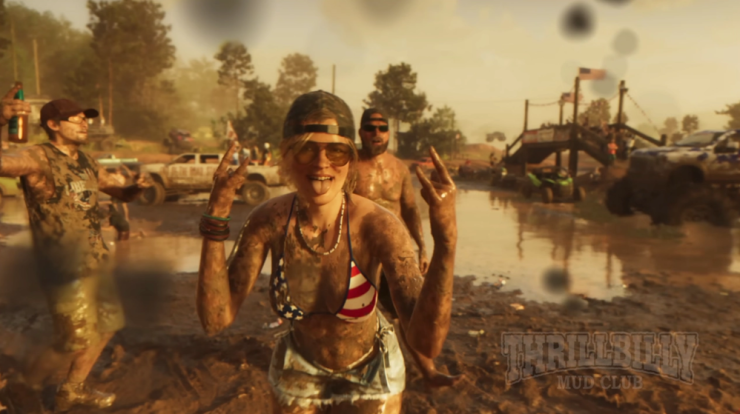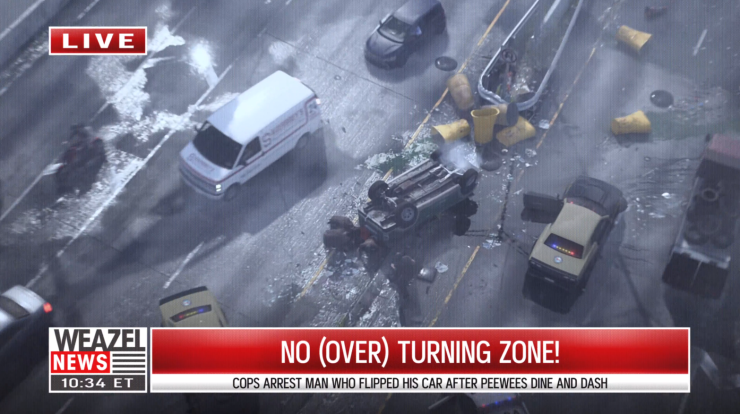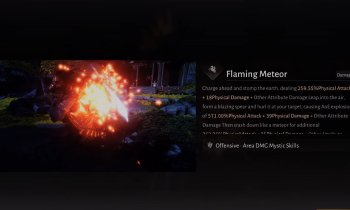YouTube slipped in a policy change this week that kicks in on November 17, expanding restrictions on gaming videos with realistic violence. This shift will alter how tons of people watch some of the site's top stuff.
The updated rules hit videos showing realistic human characters in mass attacks on civilians or torture scenes in games. Once marked, these videos get blocked for anyone under 18 or not logged into a YouTube account.
TLDR; kids under 18 could struggle, or even fail, to see Grand Theft Auto 6 videos on YouTube as the game's launch on May 26, 2026, gets closer.

What Triggers the Restrictions?
YouTube explained that things like how long the violent parts last and how central they are in the video will decide if content gets limited. Creators can dodge this by blurring images or changing how scenes are shown, but that means more editing time which might delay their uploads.

Grand Theft Auto has long let players dive into crime and violence in its open worlds. Folks often share clips of stirring up trouble, dodging cops at full wanted stars, or joining the wild action that makes the series famous.
With the new policy, a lot of that material might get age-gated. The game boasts super-realistic graphics that make characters seem almost real. Mix that with gameplay full of attacks on everyday people and police, and GTA videos fit right into what YouTube's update aims at.
Impacts on Creators and the Industry
This could force channels to switch up their plans, and the timing sucks with what Rockstar Games has lined up for the next installment. Some might shift to milder games or lean more on talking about stuff instead of straight gameplay.
Others could spend effort on editing to blur out violence or cut scenes to meet the rules. Both ways add hassle and might lower the quality of what they put out.

For a while, YouTube handled video game violence differently from other content. The idea was that staged virtual violence was okay for more people if it was clearly from a game. That unspoken deal is over now.
With this change, YouTube is basically stating that as games get more lifelike, the line between fake and real violence doesn't count as much for moderation.
Regulators are hitting violent games with taxes, and parents are pushing back on whether platforms properly shield kids, especially when game violence looks just like the real thing. YouTube wants to get ahead of any official pressure.
It'll be worth watching if YouTube's guidelines lead the way for others, or if rival sites grab creators and viewers jumping ship from Alphabet's video service.










Comments